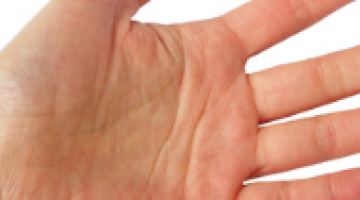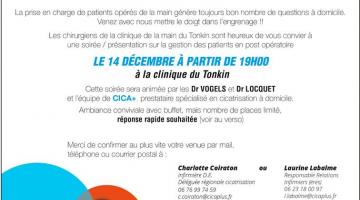responsive
Definition of Trigger Figer
Trigger finger is a very common condition. It starts with pain in the palm of the hand when flexing or extending the finger.
The condition is diagnosed when the finger is straightened and becomes stuck, blocking the joint. The finger is generally more painful in the morning.
In the later stages of the condition, the finger often needs to be straightened using another finger, which can be very painful. The affected finger may become completely locked in a bent position.
Symptomes
responsive
Causes of Trigger Finger
In order to fully understand the causes of Trigger finger, the anatomy of the finger and hand tendons must be examined. These tendons are the continuation of those in the forearm. They go through the palm and end at tip of the fingers. When fingers are flexed, they are not moved but pulled against the phalanxes by flexion pulleys..
This tendon pulley system is very precise and a small thickening of any tendon, even locally, can produce a blockage..
For reasons unknown, the tendons thicken locally in this pathology and often cannot be pulled towards the palm of the hand.

Causes of trigger finger
The cause of tendon thickening is mostly unknown.It appears to be linked sometimes to repetitive hand movements, but there is no proof of this.
A vicious circle is created by chronic inflammation - the tendon friction aggravates the inflammation, which increases the thickening of the tendon. This in turn increases tendon friction.
Potential Sufferers
Anyone can be affected by this condition, even babies, but middle-aged women are the most affected.Diabetes is a risk factor.
Patient, une prise en charge axée sur
Traitement
Causes of Trigger Finger
A simple clinical examination can establish a diagnosis; generally no other additional examination is required.
Several therapies are possible:
Rest
In some non-serious cases, where possible,resting the joint is enough to make the symptoms disappear.Rest means no manual and repetitive work and, in general, avoiding anything that can be painful or provoke trigger finger again. A splint can be used.
Infiltration
A local injection of cortisone,. an anti-inflammatory drug, reduces inflammation and tendon thickening. The hand may hav to be injected twice - the second injection fifteen days after the first, as the effect of the cortisone is sometimes delayed. This treatment should not be applied to old or healed trigger fingers, ias there is a risk of injecting the tendon.
Surgery

If other therapies are not efficient or possible, a surgical procedure should be used.. Generally, this is carried out under local anaesthesia, and hospitalization is unnecessary. The surgery expands the palm pulley, so that the tendon can pass though more easily. After surgery, no splint or rehabilitation is needed, a simple swab is worn for a few days. The finger can move after surgery, but it should not be forced for a period of three weeks.
A full recovery takes about three weeks.





